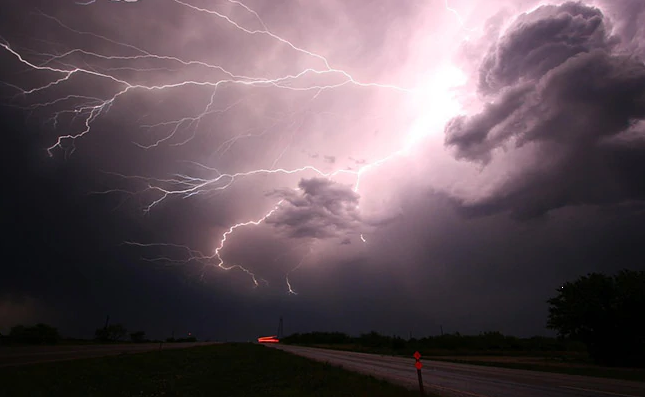Scientists have developed an Artificial Intelligence(AI) digital process to detect cloud formations that lead to storms, hurricanes and cyclones. The study was published in the journal IEEE Transactions on Geoscience and Remote Sensing which shows a model that can be helpful for forecasters by recognising potential severe storms more quickly and accurately.
The researchers created a model based on Machine Learning (ML), a kind of AI that detects rotational movements in clouds from satellite images that might have otherwise gone unnoticed.
“The very best forecasting incorporates as much data as possible, there’s so much to take in as the atmosphere is infinitely complex. By using the models and the data we have, we’re taking a snapshot of the most complete look of the atmosphere,” said Steve Wistar, Senior Forensic Meteorologist at AccuWeather in the US.
In their study, the researchers worked with Wistar and other meteorologists to analyse more than 50,000 historical U.S. weather satellite images. In them, experts identified and labeled the shape and motion of “comma-shaped” clouds. These cloud patterns are strongly associated with cyclone formations, which can lead to severe weather events including hail, thunderstorms, high winds, and blizzards.
Researchers then used computer vision and machine learning techniques, to automatically recognize and detect comma-shaped clouds in satellite images. The computers can then assist experts by pointing out in a real-time where, in an ocean of data, could they focus their attention in order to detect the onset of severe weather.
“Because the comma-shaped cloud is a visual indicator of severe weather events, our scheme can help meteorologists forecast such events,” said Rachel Zheng, a doctoral student in the College of Information Sciences and Technology at Penn State and the main researcher on the project.
This project enhances earlier work between AccuWeather and a College of IST research group led by professor James Wang, who is the dissertation adviser of Zheng.
“We recognized when our collaboration began [with AccuWeather in 2010] that a significant challenge facing meteorologists and climatologists was in making sense of the vast and continually increasing amount of data generated by Earth observation satellites, radars and sensor networks,” said Wang. “It is essential to have computerized systems analyze and learn from the data so we can provide timely and proper interpretation of the data in time-sensitive applications such as severe-weather forecasting.”
He added, “This research is an early attempt to show feasibility of artificial intelligence-based interpretation of weather-related visual information to the research community. More research to integrate this approach with existing numerical weather-prediction models and other simulation models will likely make the weather forecast more accurate and useful to people.”
Concluded Wistar, “The benefit [of this research] is calling the attention of a very busy forecaster to something that may have otherwise been overlooked.”

